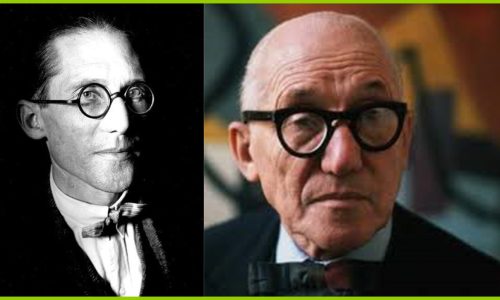Decorative green roofs were first seen in early civilizations around the Tigris-Euphrates river.
The most famous of these are the Hanging Gardens of Babylon in the 7th and 8th centuries BC.
With the development of modern building materials and construction techniques, green roofs can be implemented on a large scale. Especially with the arrival of concrete in the construction industry and its use on the roofs of buildings in the 18th century.
At the 1868 Paris International Exhibition, concrete roofs covered with plants known as “natural roofs” were exhibited for the first time.
One of the most important champions of the green roof movement in modern architecture is the father of modernism himself, the Swiss-French architect Le Corbusier,who was the pioneer of naturalist in creating green roof in 20 century.

As explained by researchers on the topic at the University of Salerno, the roof-garden is not just one of the famous five points of a new architecture – the massively influential theoretical work written by Le Corbusier, but a totally new and fundamental spatial topic that explores the relationship between architecture and nature.
Roberto burle marx was one of the greatest designers who did a lot of work in this field in the 20th century and designed many green roofs. He also created a culture of using plants and their properties.

ROOFTOP GARDEN FOR THE MINISTRY OF EDUCATION AND HEALTH IN RIO DE JANEIRO [1938] BY ROBERTO BURLE MARX
One of the most famous green roofs is located on the roof of the Derry and Toms department store.
Derry & Toms was a London department store that was found ed in 1853 in Kensington High Street and was famous for its Roof Garden which opened in 1938.



